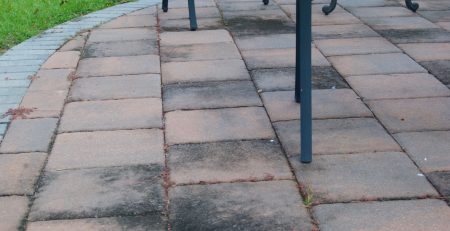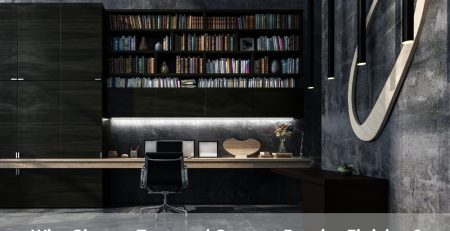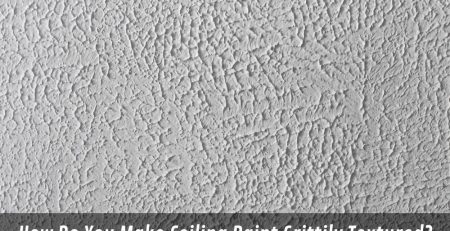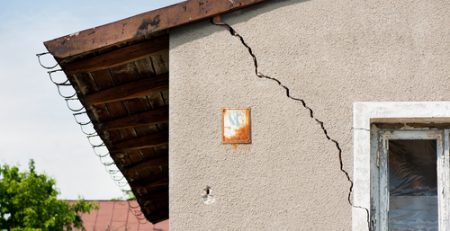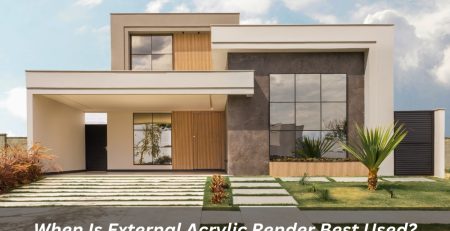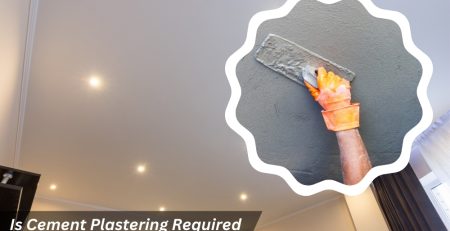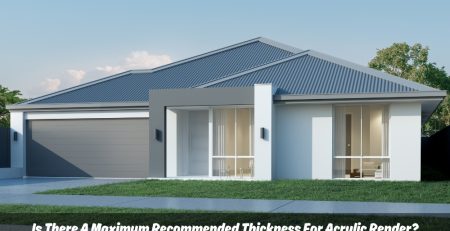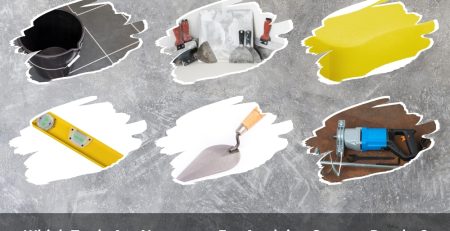What Is Used To Put Texture On Walls?
In the realm of interior design, a texture feature wall has emerged as a captivating trend that adds depth and visual interest to any living space. These distinctive walls, also known as accent walls, have become a popular choice among homeowners and designers alike. By incorporating various materials and techniques, one can transform a bland wall into a stunning focal point that elevates the overall ambience of a room. Among the arsenal of tools and methods available, drywall mud, wall panels, and paint trays play pivotal roles in achieving the desired texture on walls or ceilings.
In this blog, we will delve into the world of textured feature walls, uncovering the secrets behind their creation and exploring how they can revitalise your living room or any other space you wish to enhance. So, let’s embark on a journey that unravels the art of transforming ordinary walls into extraordinary works of design.
What tools and materials are typically used for texturing a feature wall?
When texturing a feature wall, there are several tools and materials that are commonly used to achieve the desired texture. The specific tools and materials may vary depending on the type of texture you want to create. Here are some of the commonly used options:
- Paint: It is a versatile material that can be used to create various textures. Different types of paint, such as textured paint or specialised additives, can be applied to the wall to achieve specific textures.
- Paint Rollers and Brushes: These tools are used to apply the paint onto the wall. Paint brushes are ideal for creating intricate textures or details, while rollers are efficient for covering large areas.
- Trowels: These are commonly used for applying thick-textured materials onto the wall, such as stucco texture or plaster. They help spread the material evenly and create the desired texture.
- Texturing Tools: There are specific tools available for creating various textures, such as a texture comb, texture roller, or texture sprayer. These tools can produce patterns like swirls, stippling, or popcorn textures.
- Drywall Compound: Also known as joint compound or mud, drywall compound is often used to create smooth or subtly textured finishes. It can be applied with a trowel or a putty knife and then manipulated to achieve the desired texture.
- Stencils: Stencils are useful for creating repeating patterns or designs on the wall. They can be applied with paint or texture compound to add visual interest and texture to the feature wall.
- Sandpaper: Sandpaper is handy for smoothing out rough or uneven surfaces. It is often used in the preparation stage before applying paint or texture.
- Drop Cloths or Plastic Sheets: These materials are used to protect the surrounding area from paint or texture splatters and make cleanup easier.
- Primer: Applying a primer before texturing is recommended to improve adhesion and ensure a uniform surface. It helps the texture material or paint to adhere better to the wall.
- Protective Gear: Depending on the materials used, it may be necessary to wear safety goggles, gloves, and a mask to protect yourself from dust, fumes, or any potential hazards.
Remember, the specific tools and materials you choose will depend on the texture you want to achieve and the preferences of the project. It’s always a good idea to research and gather the necessary supplies before starting the texturing process.
What are some popular types of wall textures?
When it comes to texturing walls, there are a number of popular options to choose from. Each type of texture provides a unique look and feel, so it’s important to find the one that best suits your space. Here are some of the most common textures used for feature walls:
- Popcorn Texture: Also known as acoustic or cottage cheese texture, this technique involves applying a thick-textured material onto the wall with a trowel or roller. It is often used to hide imperfections in drywall and provide insulation.
- Orange Peel Texture: This type of texture gives walls a bumpy, orange peel-like appearance. It is created by spraying on an acrylic texture material with a special texture sprayer.
- Knockdown Texture: This textured finish is achieved by applying a joint compound with a trowel and then smoothing it out with a drywall knife or trowel. It creates a subtle, mottled look on the wall.
- Cement Rendering: Cement rendering is ideal for creating walls with a smooth, stone-like finish. It involves applying cement onto the wall and then smoothing it out by hand or with a special tool.
- Venetian Plaster: Venetian plaster is another popular option for feature walls, as it gives them an elegant, marble-like appearance. It also provides insulation from sound and heat and is easy to clean.
What are some tips for achieving the desired texture on a feature wall?
No matter which texture you choose, it’s important to read and follow the manufacturer’s instructions for the best results. This will ensure that you use the right tools and materials and get the desired effect.
- Prepare your wall. Before applying any textured material, make sure the surface of the wall is clean, dry, and free from dust or debris. If there are any holes or cracks in the wall, fill them in with joint compound before texturing.
- Start small. When creating custom textures on walls, it’s a good idea to start small and work your way up. That way, you can easily make adjustments if the texture doesn’t turn out as expected.
- Let it dry completely. Before painting or adding any additional decorations, make sure the texture is completely dry. It may take several hours or even days, depending on the type of material used.
Conclusion
In summary, there are many different materials and tools that can be used to texture walls. Popular options include popcorn texture, orange peel texture, knockdown texture, cement rendering, and Venetian plaster. Before starting the texturing process, make sure the wall is clean and dry and you’re wearing the appropriate protective gear. Allow plenty of time for the texture to dry completely before painting or adding any decorations.
Here at Jims Rendering Sydney, we are dedicated to providing the highest quality of craftsmanship and service. Our team of experts is ready to bring your vision to life with our world-class textures and finishes. Whether you’re looking for a subtle grain texture or something more bold and eye-catching, we have the tools and expertise to create an attractive stone feature wall that will transform any space into a work of art. So don’t settle for ordinary walls – contact us today and let us help you create a masterpiece!



